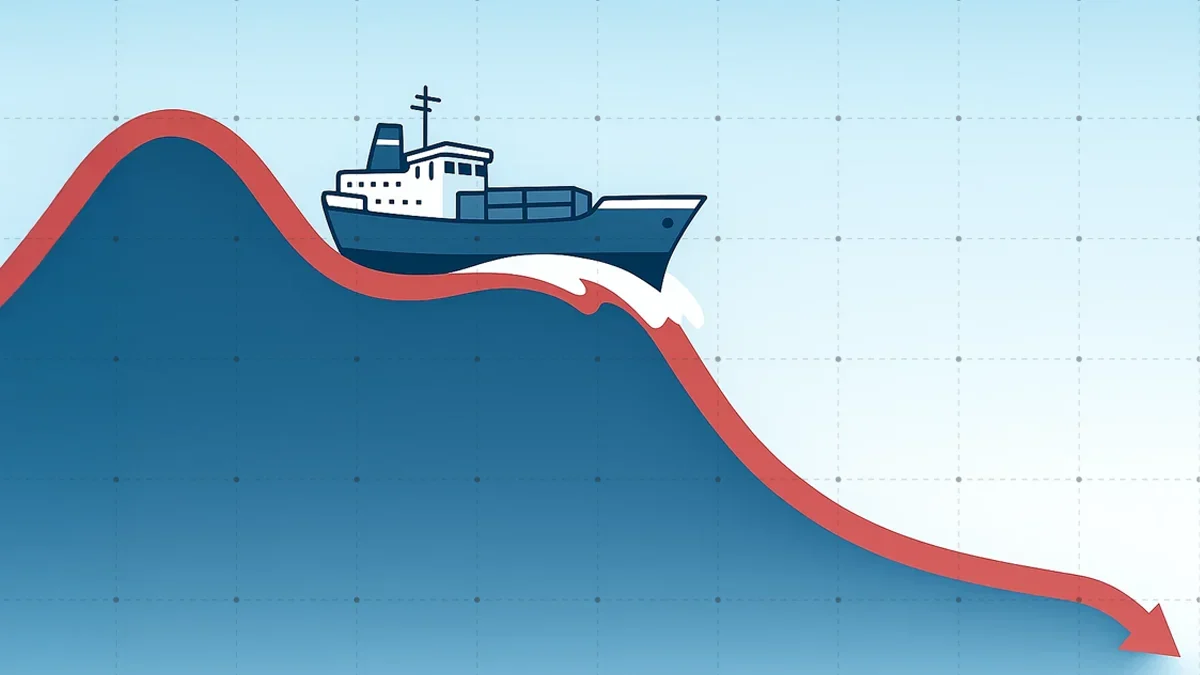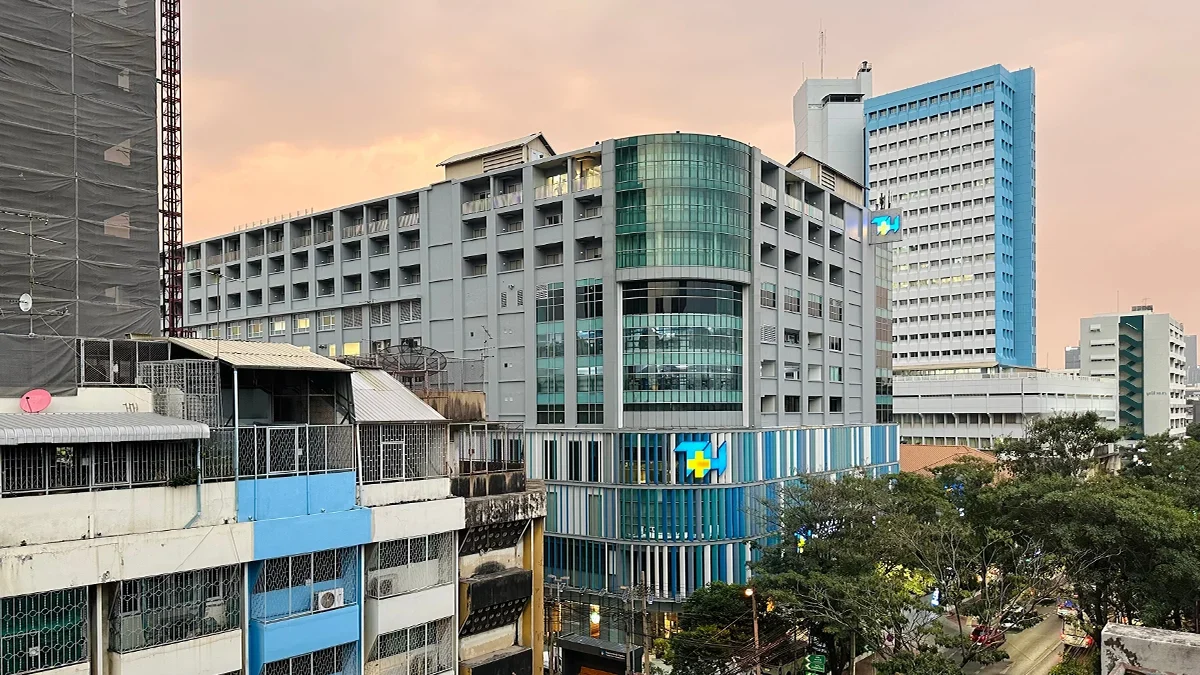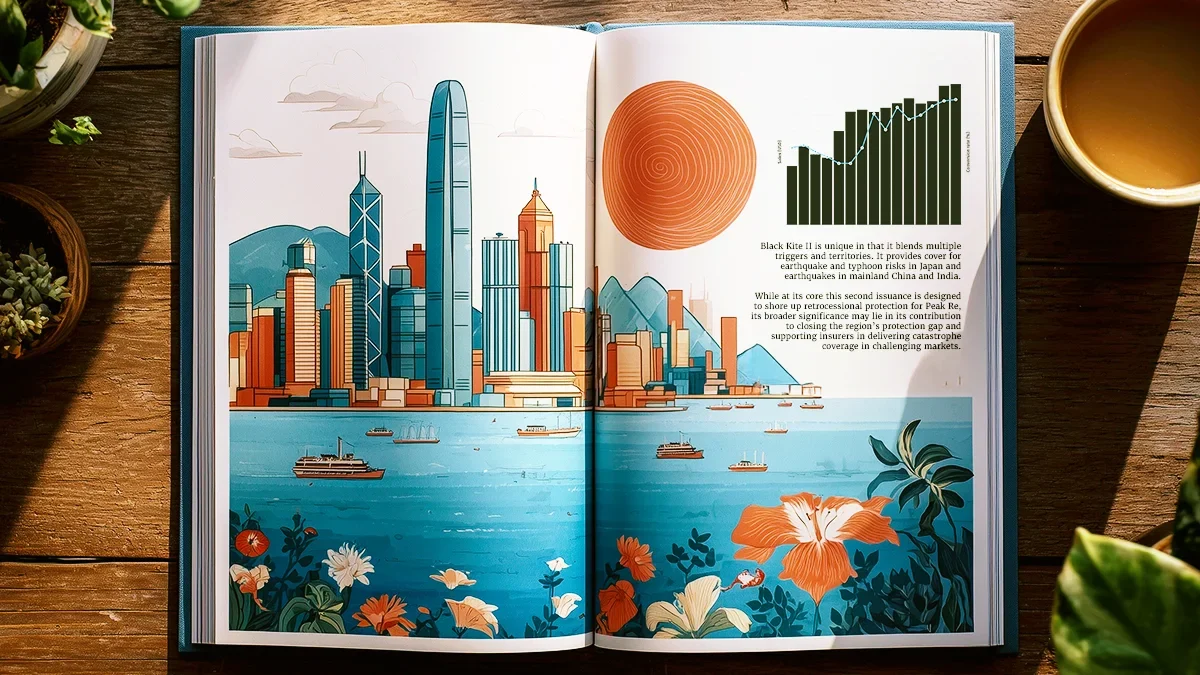(Re)in Summary
• The APAC marine insurance market is in a soft cycle, with declines in pricing and profitability expected until at least 2027.
• Geopolitical risks such as Houthis’ attacks in the Red Sea are increasing disruption potential, but war risks generally remain underpriced.
• U.S. trade policies and tariffs are inflating insured values, complicating underwriting and raising exposure in sectors like electronics and warehousing.
• Despite challenges, some insurers remain confident in long-term stability and market adaptation.
The Asia-Pacific marine insurance market is grappling with a prolonged soft cycle, with pricing and profitability expected to decline until at least 2027, according to industry leaders from major marine insurers.
While data from the International Union of Marine Insurance Asia generated 60% of global cargo insurance premium growth in 2024—particularly in China’s booming market, where premiums are now just shy of US$4bn—rates in the region continue to decline. Overcapacity and fierce competition have led to increasingly erratic underwriting results and strained pricing discipline in the sector.
Julia Joes, Head of Marine for Asia at Berkshire Hathaway Speciality Insurance, noted that the soft market, which began in mid-2024, shows no signs of stabilising and is expected to persist through 2027, unless a major loss or shift in market appetite triggers a correction.
“Rates continue to fall in marine cargo, STP, and other product lines, even on loss-affected accounts,” Joes said. “Looking at past cycles, which have typically lasted five to seven years, the current soft phase is unlikely to reverse quickly.”
This downward trend is especially evident in the offshore energy sector, where global premiums dropped 7.9% to US$4.34bn, according to IUMI.

Julia Joes
Head of Marine, Asia at Berkshire Hathaway Speciality InsuranceIn addition, geopolitical tensions have heightened the potential for disruption in global shipping, including Iranian-backed Houthis’ attacks in the Red Sea. However, these risks may not be fully reflected in pricing.
“Despite rising geopolitical risks, war risks for APAC cargo remain underpriced, with insurers continuing to quote rates lower than the risk environment warrants,” Joes added.
U.S. trade policies, especially tariffs, are also playing a significant role in the region’s marine insurance dynamics.
According to Joes, tariffs have inflated insured values, particularly in sectors like electronics, complicating underwriting. Companies stockpiling goods to beat tariff hikes have increased exposure, creating more complex coverage requirements.
“U.S. trade policy, particularly tariffs, is having a clear effect on marine insurance in Asia-Pacific,” she explained. “Although overall turnover is slowing, tariffs and inflation are inflating the declared values of individual shipments, creating a mixed picture for insurers.”

Ju-ann Lee
Head of Marine at Berkley AsiaStockpiling goods ahead of tariff deadlines is also driving up exposure at warehouses and ports, creating potential coverage gaps. Meanwhile, inflation from rising tariffs is pushing up material and replacement costs, further straining insurers’ loss ratios.
“Because Asia-Pacific is so closely tied to U.S. supply chains, the impact of these policies extends well beyond U.S.-bound shipments—creating greater volatility, more complex underwriting, and higher uncertainty for marine insurers across the region,” Joes said.
Ju-ann Lee, Head of Marine at Berkley Asia, expanded on these concerns with a wider economic view. She explained that tariffs are causing businesses to reconsider their supply chains, leading to shifts in trade routes and production strategies. With ASEAN countries and China heavily reliant on the U.S. market, the uncertainty over tariffs is forcing companies to adapt quickly, often by front-loading goods to avoid further tariff hikes.
“About 15% of all ASEAN exports and 14% of China’s goods are exported to the US,” Lee said. “Businesses are closely watching how the tariffs settle before studying if and where supply chains need to be moved.”
Lee noted that businesses have also paused investment plans, which could have long-term repercussions on economic growth. While some companies are diversifying their supply chains to mitigate risks, the ongoing uncertainty is creating a volatile environment for marine insurers.
Julia Joes
Head of Marine, Asia at Berkshire Hathaway Speciality InsuranceBuilding resilience in a soft market
While the current market conditions paint a picture of uncertainty, other industry leaders see a more stable long-term outlook for the region.
Itono Hakim, Head of Marine Hull & Aviation for Asia at AXA XL, said that the marine insurance market is undergoing an “evolution” rather than experiencing uncertainty.
“We don’t see it as uncertainty—marine insurance is a global necessity that underpins trade by sea, land, and air,” he said. “What we are seeing is an evolution: insurers and clients adapting to new technologies, climate considerations, shifting supply chains, and emerging risks. Embracing this change opens up new opportunities.”
Luca Ronsisvalle, Head of Marine Cargo Underwriting for South Asia–Pacific at AXA XL, adds that while margins remain tight, the region is expected to continue growing despite geopolitical and environmental risks.

Itono Hakim
Head of Marine Hull & Aviation for Asia at AXA XLSimilarly, Berkley Asia’s Lee acknowledged the fragility of growth in the region but maintained an optimistic outlook.
“Uncertainty has always been the constant for marine insurance,” she said. “Wars, piracy, pandemic, tariffs – there is always something keeping the marine underwriters awake at night! However, trade is like water, and water will always find new paths to flow.”













